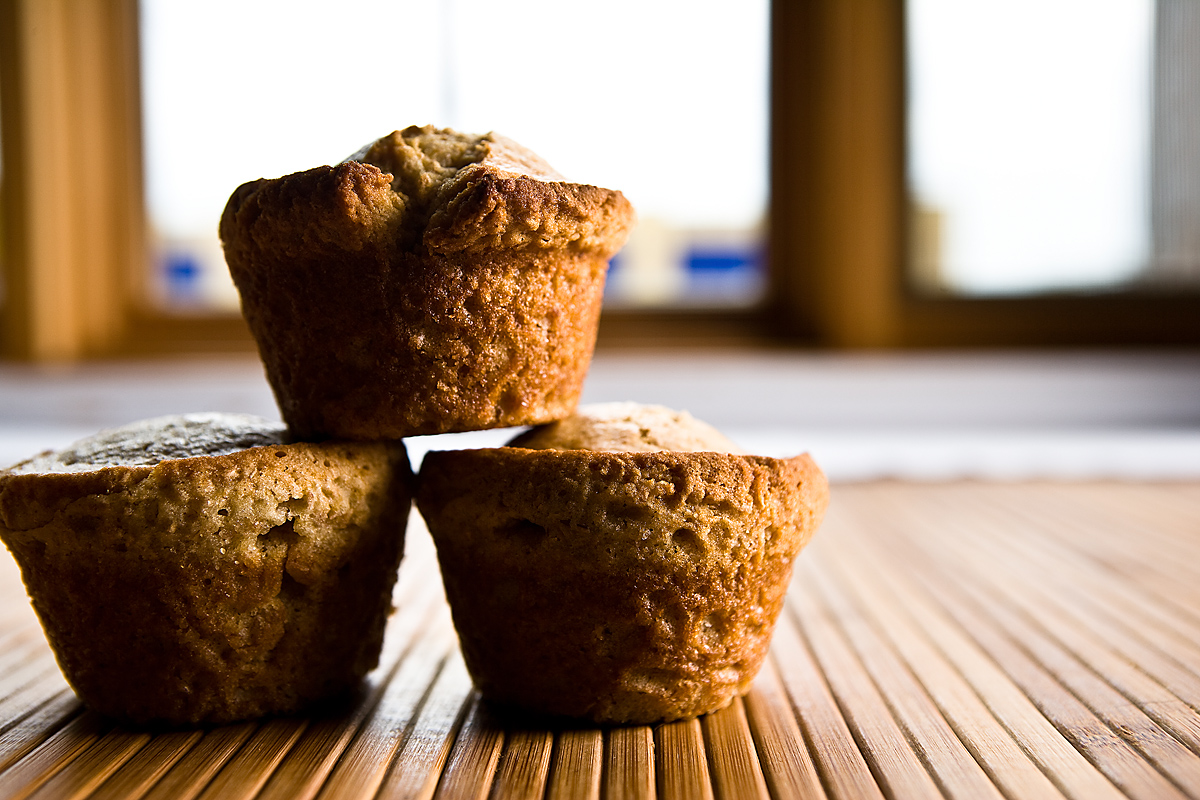By Lisa Kaschmitter, Arizona State University Nutrition Student
For those sensitive to this duel protein, gluten has become a feared substance around the country and here in Arizona over the past few years. Gluten is a part of most people’s diet as it is found in wheat, barley, and rye. But a sensitivity that ranges from a slight intolerance to a severe form, Celiac Disease, is found in an estimated 1 out of 100 people throughout the world. However, many of those affected will remain undiagnosed.1 Gluten-free requests have become so common that many ready-to-eat food manufacturers and restaurants have begun carrying and labeling gluten-free items.

For reference, gluten is simply a substance naturally found in most cereal grains. This mixture of two proteins is what creates the elasticity texture in dough. The protein is found in the endosperm in the grain seed. For some, gluten is hard to digest and can create complications.
The symptoms of Celiac disease differ between adults and children. Children with gluten sensitivities may present a range of symptoms including constipation, vomiting, chronic diarrhea, fatigue, irritability, failure to thrive, Attention Deficit Hyperactivity Disorder (ADHD), and weight loss. Adults with the disease my experience arthritis, fatigue, iron-deficiency anemia, migraines, tingling numbness in the hands and feet, and anxiety.1 Celiac.org offers many resources for those who think they may have a sensitivity to gluten.
Awareness of Celiac Disease has brought about many products that are labeled gluten-free on the grocery store shelves and restaurants. The Food and Drug Administration (FDA) beginning in August of 2014 regulated this gluten-free labeling.2 In order to use this label, a manufacturer must ensure that their products contain no more than 1/8 teaspoon of gluten per 18 slices of a loaf of bread.2
Beyond Labels, Preparing Homemade Gluten-Free Products at Home
Along with these newly labeled ready-to-eat products, there are now more ways than ever to prepare homemade goods without using products that contain gluten. There are many types of flour that have increased in popularity due to higher public awareness of gluten sensitivities. These include…
- Nut flours,
- Buckwheat flour,
- Coconut flour,
- Corn flour, and
- Others.
There are also special blends designed specifically to create results as similar to all-purpose flour as possible. Each different kind of flour presents particular tradeoffs, but if your family is affected by Celiac disease, or if you’re just ready to try something new, experimenting with these other types of flour can be a rewarding experience.
Personally, I have family members and friends who require gluten-free diets, so as my baking season gets into full swing, (October-January), I have been excited to try my hand at gluten-free baked goods. I stumbled upon a bag of coconut flour at the grocery store one day, and without much research I bought it. After bringing it home, I started experimenting. There are many recipes out there that are designed to use coconut flour, but I had a favorite Almond Muffin recipe from Baker Street in mind. (You can find the original here http://bakerstreet.tv/2011/06/muffin-monday-almond-muffins/)
The original recipe calls for all-purpose flour, but I modified the muffin batter recipe to the one that came with the bag of coconut flour. Coconut flour is more dense and absorbent than traditional flours, so it requires a very different ratio of liquid to dry ingredients than is found in many recipes.
Here is what I came up with:
Coconut Flour Almond Muffins
Makes 12 muffins
- 6 medium eggs, beaten
- ¾ cup milk
- ½ cup olive oil
- ½ teaspoon almond extract
- 1-cup coconut flour
- ½ cup sliced almonds
- ½ cup sugar
- 3 teaspoons baking powder
- ¼ teaspoon cinnamon
- pinch of salt
Instructions
- Preheat oven to 350 degrees.
- In a bowl, mix together dry ingredients. (Flour, almonds, sugar, baking powder, cinnamon, and salt.)
- In a separate bowl, mix together wet ingredients. (Beaten eggs, milk, olive oil, and almond extract).
- Make a well in the center of the bowl with dry ingredients. Add the wet ingredients. Gently mix until the mixtures are just incorporated together, be careful not to over mix.
- Divide muffin batter into 12 lined cupcake papers.
- Bake for 25 minutes or until tops are golden.
- Remove from pan and let cool on a rack.
My whole house was filled with the smell of almonds as these baked. As soon as they came out of the oven, I couldn’t resist breaking one of these in half and trying it. Although I burned myself, (I recommend letting them cool a little!), I was immediately struck by the delicate coconut flavor this flour added to the already delicious almond batter; even my picky husband liked these better.
These gluten-free muffins are a yummy addition to your breakfast table, but I have to say, my favorite thing about these muffins is how packed full of protein and fiber they are. Here is the nutritional breakdown*:
| Traditional Almond Muffins | Coconut Flour Muffins | |
| Calories | 181 | 186 |
| Carbohydrates | 21 g | 17.3 g |
| Fiber | .75 g | 5.6 g |
| Protein | 3 g | 6.6 g |
| Fat | 10.33 g | 13.3 g |
| Sodium | 14.9 mg | 28.25 mg |
*per 1 muffin
Honestly, this recipe is great for those who need to stay away from gluten, but it tastes so good you will have everyone in the family excited to eat them. Even better, you’ll be able to feel good knowing that a couple of these for breakfast or a snack are a tastier and healthier alternative to the traditional muffin.
Go to Fillyourplate.org to find other gluten-free recipes and all sorts of baking recipes.
References
- What is Celiac Disease? Celiac Website. https://celiac.org/celiac-disease/what-is-celiac-disease/ Accessed October 12, 2015.
- Facts About the FDA Gluten-Free Labeling Rule. Celiac Website. https://celiac.org/celiac-disease/resources/fast-facts-fda-gluten-free-labeling-rule/ Published August 5, 2014. Accessed October 12, 2015.

